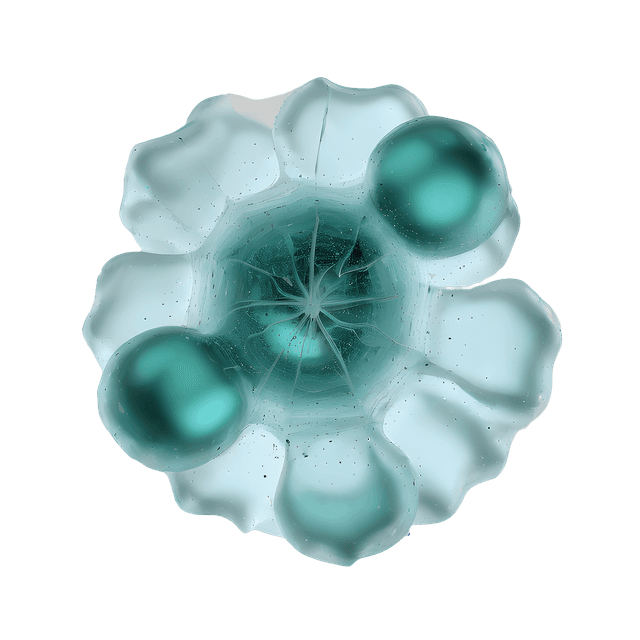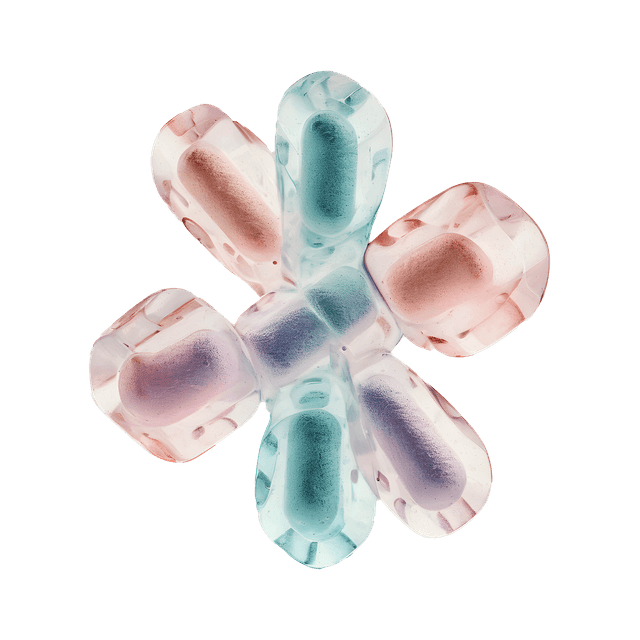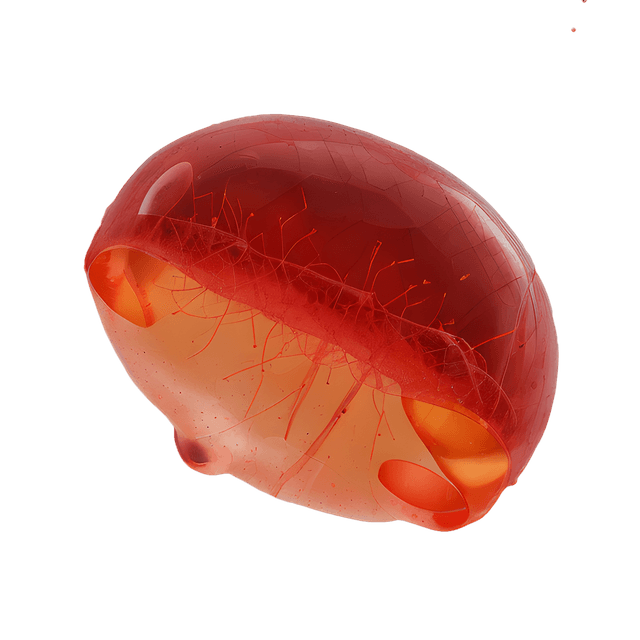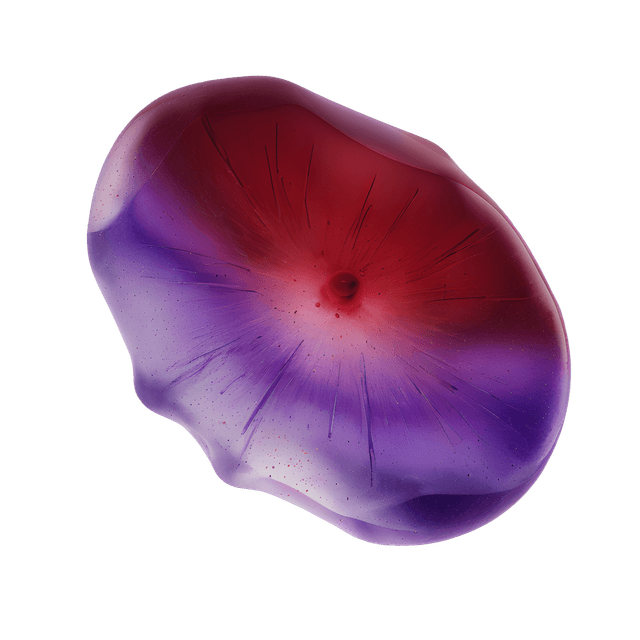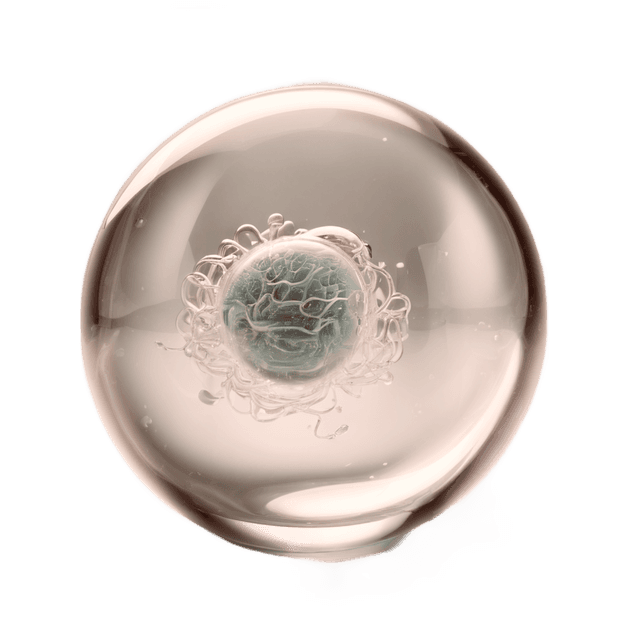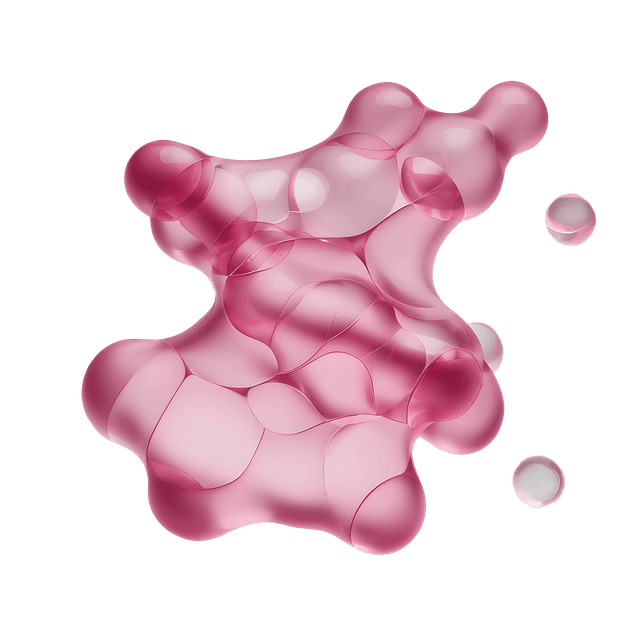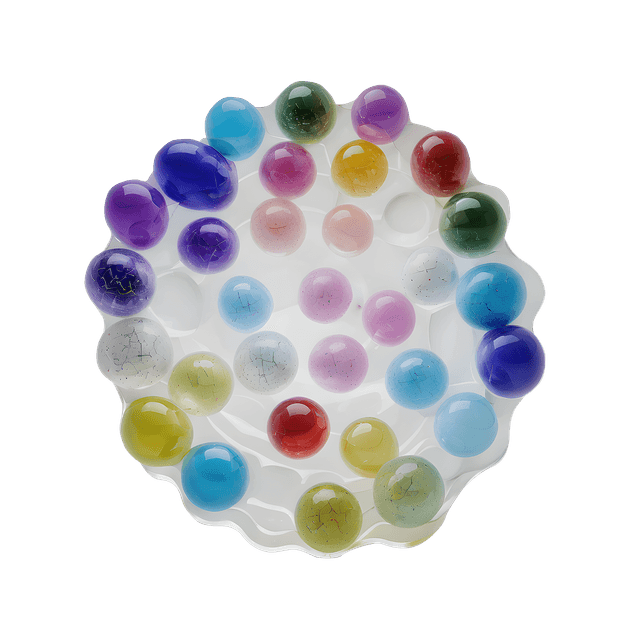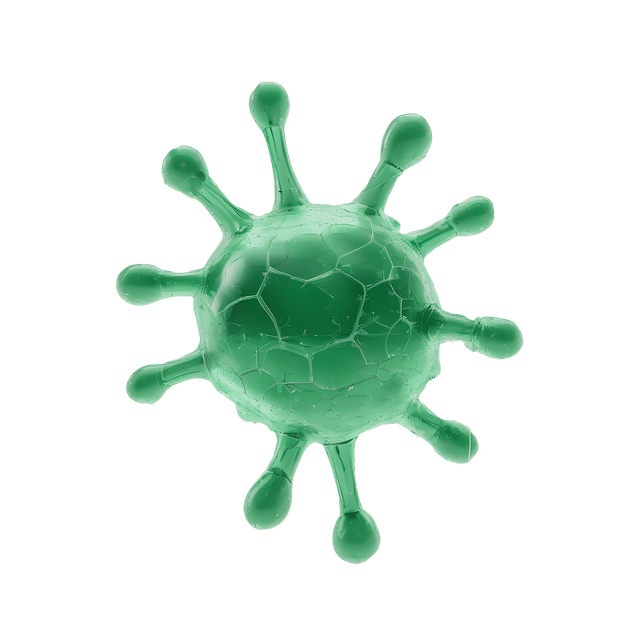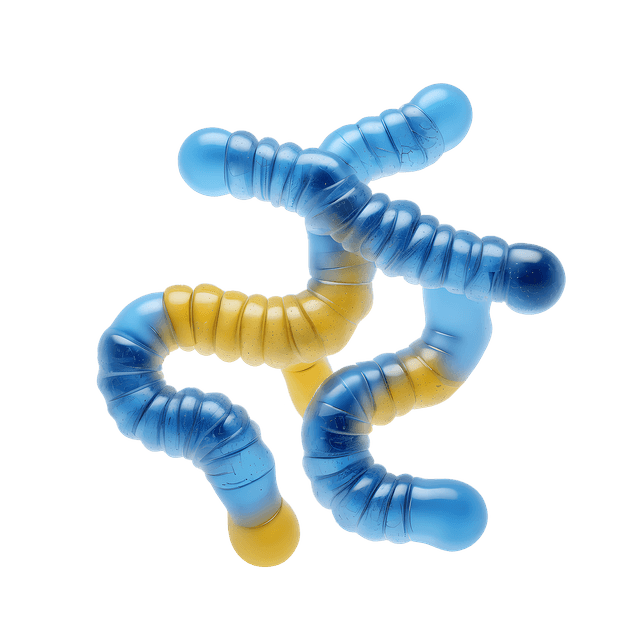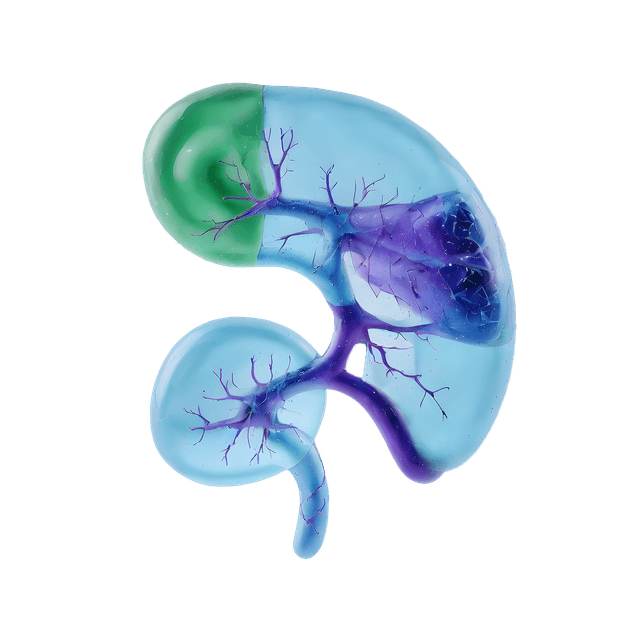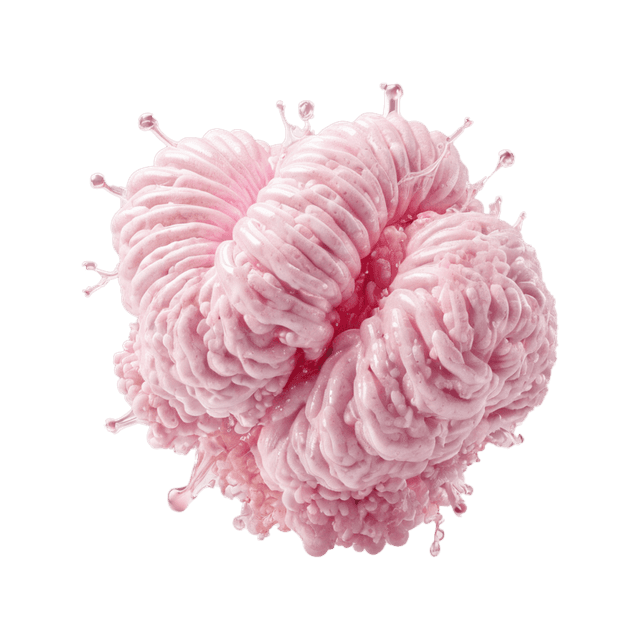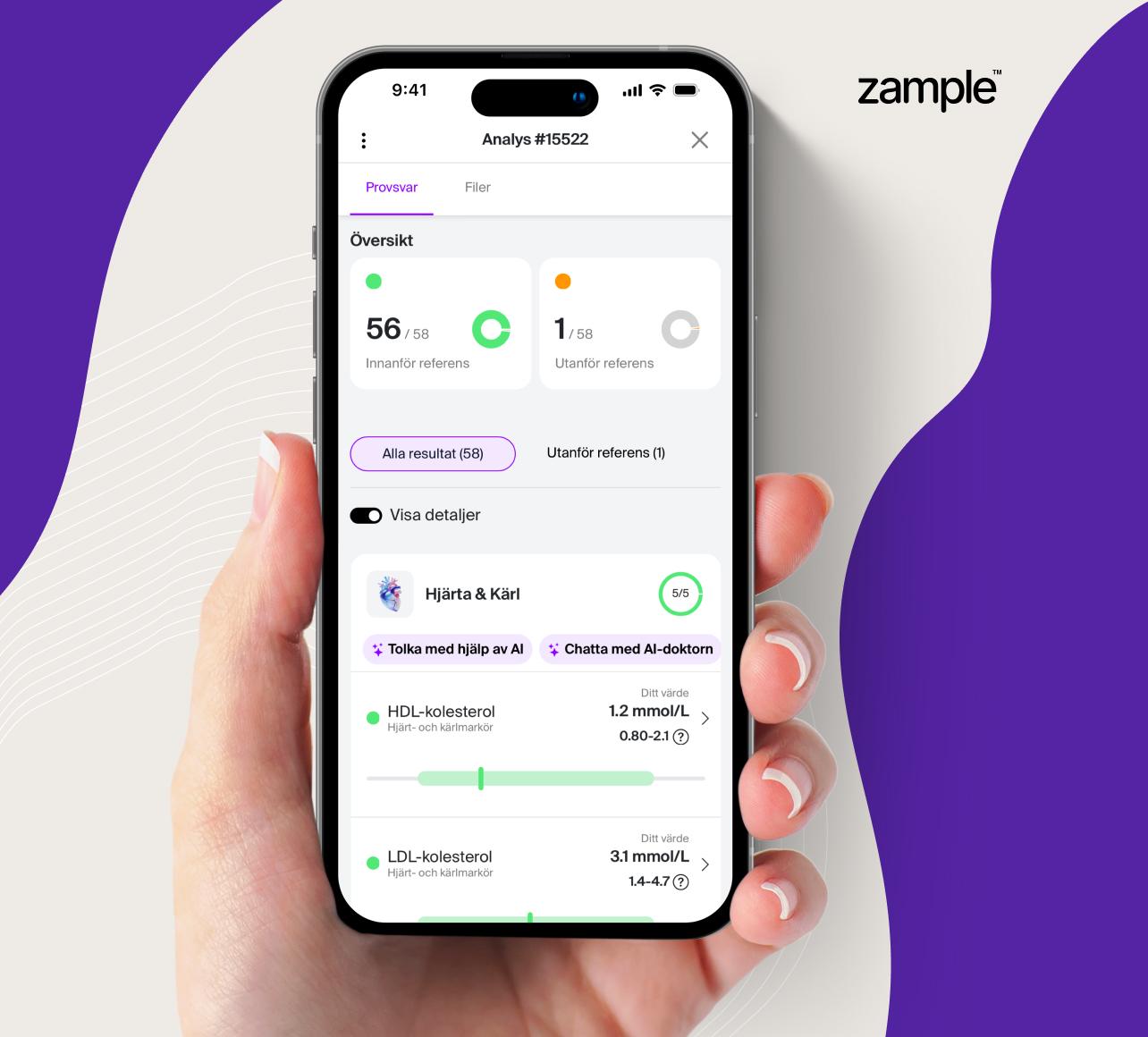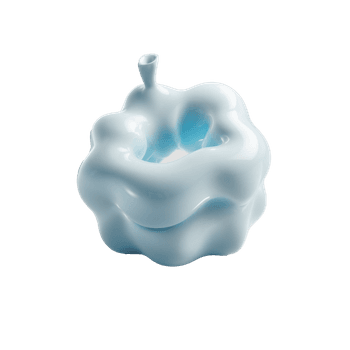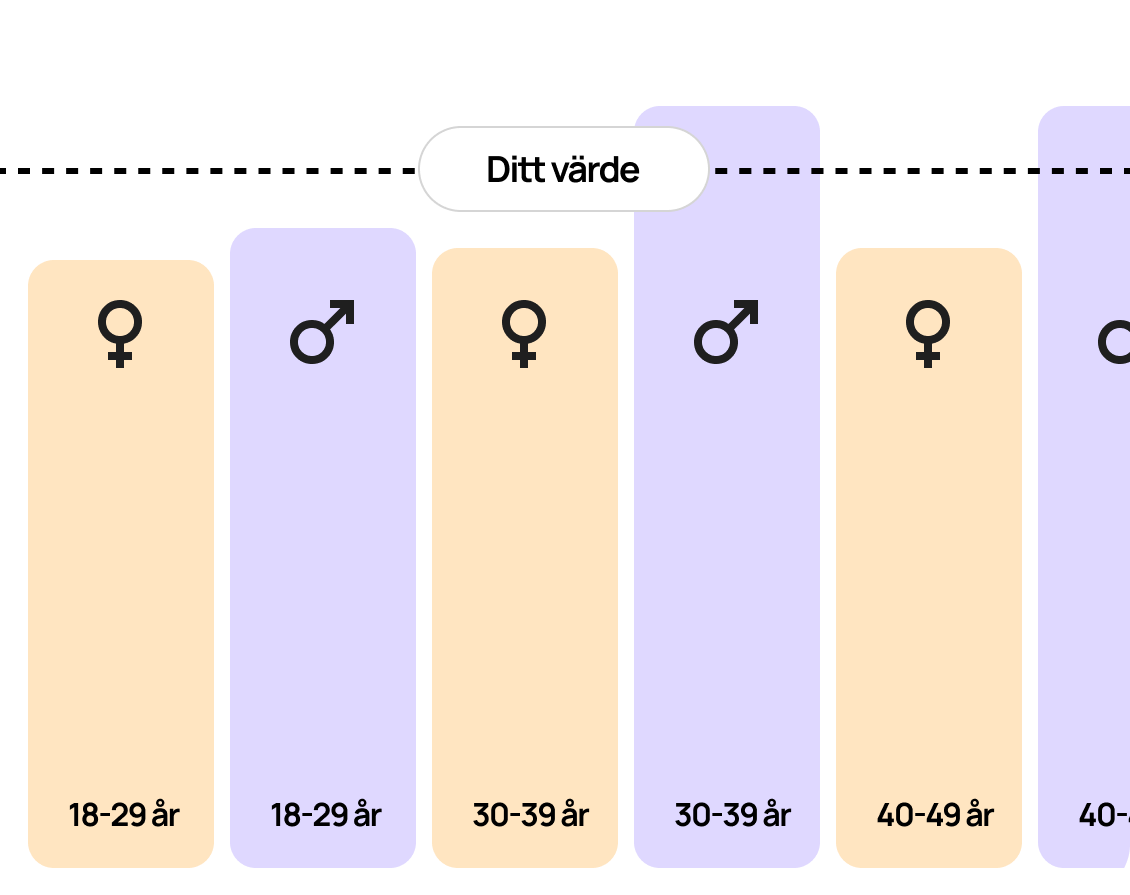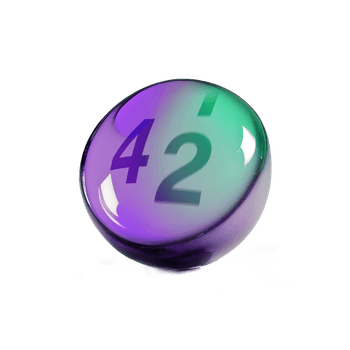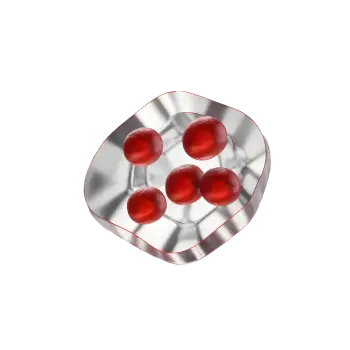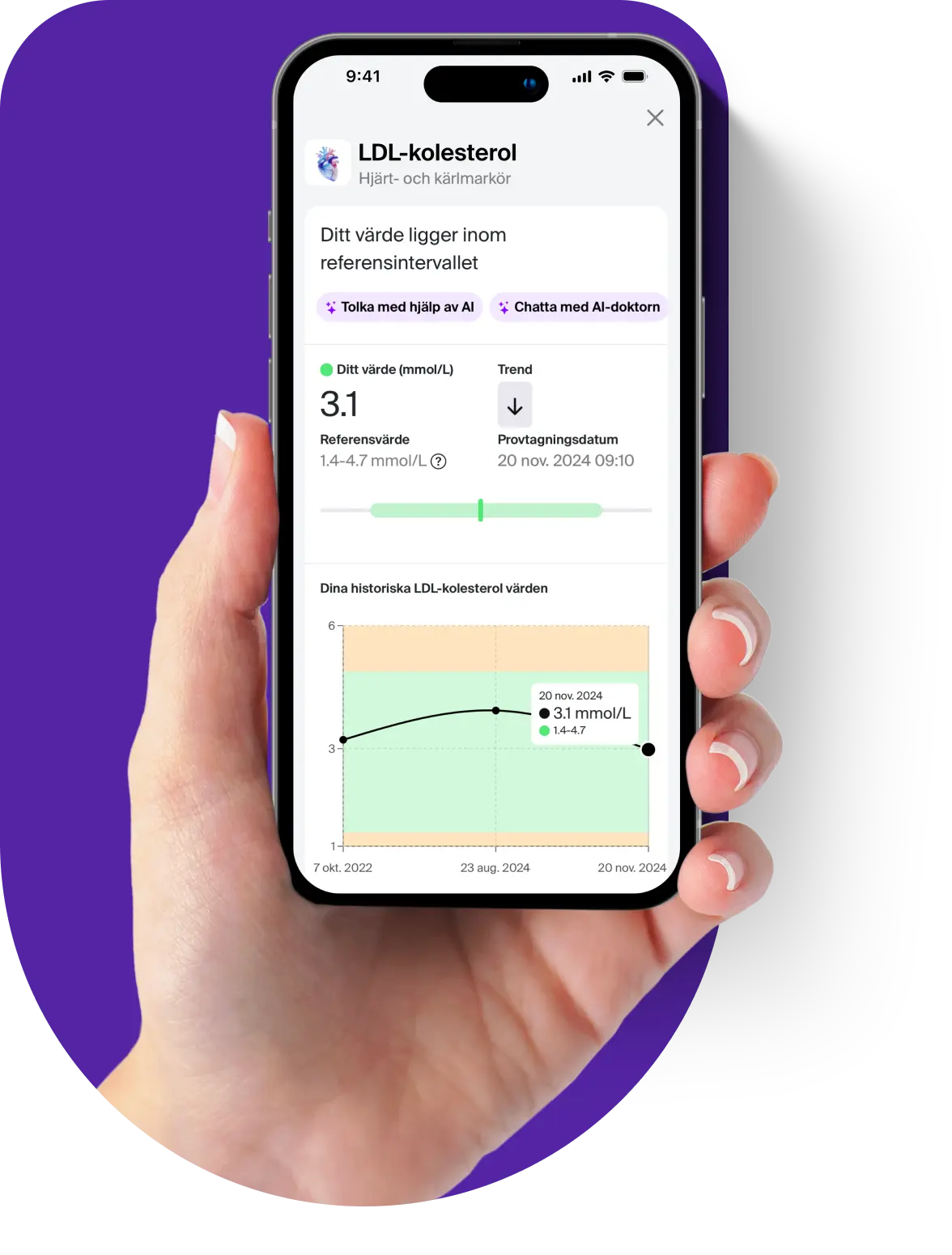Progesterone and Estradiol – Blood Test for Hormone Balance, Ovulation and Fertility
Analyzing the levels of estrogen (estradiol) and progesterone provides an in-depth picture of the interaction between the body's two most important sex hormones. These hormones work together to control the menstrual cycle, ovulation and fertility, but also affect mood, energy, sleep and well-being. An imbalance can cause symptoms such as:
- irregular or absent periods
- heavy or prolonged bleeding
- mood swings or increased irritability
- sleep disturbances or nighttime awakenings
- hot flashes or sweating
- decreased sex drive
- unexplained weight change
- brain fog or difficulty concentrating
- swelling, fluid retention or tenderness in the body
A progesterone and estradiol test can be especially valuable if you are experiencing difficulty getting pregnant, suspect a hormonal imbalance or want to gain a better understanding of your hormonal cycle.
When should you take the test?
Since hormone levels fluctuate during menstrual cycle, it is important that the sample is taken at the right time. Usually, days 19–21 of a 28-day cycle are recommended – about a week after ovulation – when progesterone peaks and the balance between estradiol and progesterone can be assessed most reliably. In case of shorter or longer cycles, the sample day should be adjusted accordingly. In case of irregular periods, the doctor can provide individual guidance.
How estrogen and progesterone vary during the cycle
During the follicular phase (the first half of the cycle), estradiol levels gradually increase and reach their peak just before ovulation. They then drop slightly and rise again during the luteal phase (after ovulation). At the same time, progesterone increases sharply to prepare the uterine lining for a possible pregnancy. If fertilization does not occur, both estradiol and progesterone drop, leading to the onset of menstruation.
A well-balanced relationship between these hormones is crucial for regular ovulation, a stable cycle and the ability to maintain a pregnancy. When the balance is disrupted, it can affect fertility as well as mental and physical well-being.
Hormonal changes during perimenopause
During perimenopause, hormone production gradually changes. Ovulation becomes irregular and progesterone drops earlier than estradiol, which can create a relative estrogen dominance. This can cause symptoms such as mood swings, hot flashes, anxiety, fluid retention and sleep problems. Low progesterone levels can also cause irregular bleeding and an increased risk of PMS-like symptoms.
Interpretation of the results
Since hormone values are affected by age, cycle length, stress, diet and health, no static ratio between estradiol and progesterone is calculated. Instead, the results are interpreted in their overall context. When you fill out your health declaration, you indicate where in the cycle the sample was taken and any symptoms - this enables the doctor to provide a more individual and accurate assessment when responding.
Here you can read more about reference values for estrogen (estradiol) and progesterone.



